In the fast-changing world of optical networking, coherent optical transceiver modules have become a key technology for long-distance, high-capacity data transmission. Among these advances is the CFP2-DCO (C Form-Factor Pluggable 2-Digital Coherent Optics), which boasts a compact design and additional features. This piece will delve into what makes CFP2-DCO tech tick by looking at its structure, operation principle, and benefits over traditional transceiver modules. Through technical specifications and application scenarios we shall gain an all-round grasp of how they are shaping up the future of optic communication and meeting today’s need for greater bandwidth in digital environments.
What is a CFP2-DCO Transceiver Module?
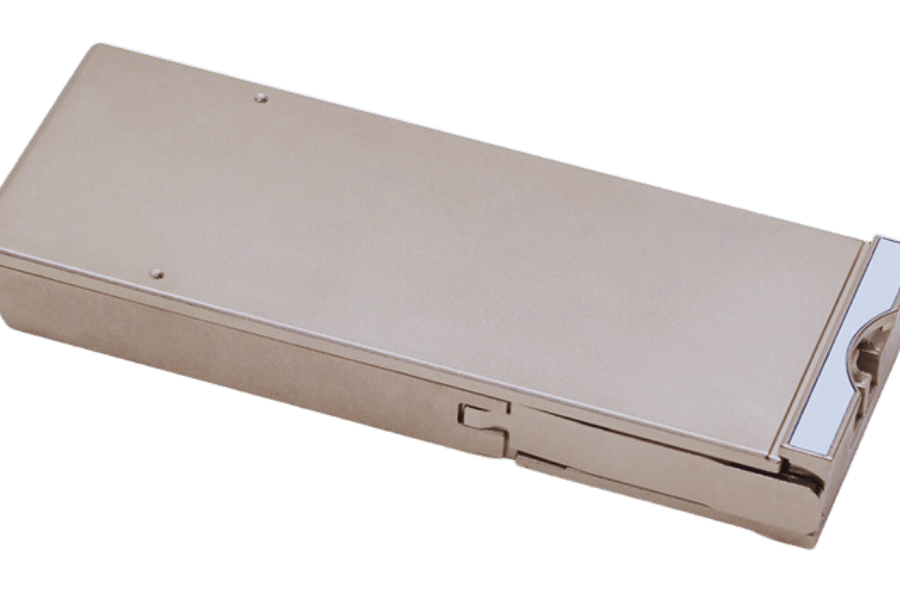
CFP2 DCO Overview
The CFP2-DCO transceiver module is an optical device that is small in size but can transmit data in a scalable and efficient manner. This device supports advanced methods of modulation and easily fits into the already existing networking infrastructure. The CFP2-DCO has the capability of transmitting data with speeds of up to 400 Gbps, which enables it to connect over long distances at high speeds. Its design includes digital signal processing (DSP) features, which ensure that signals are not distorted by any means and also compensate for impairments caused by fibers. Additionally, this product meets industry standards and can work with other systems designed for different platforms. What sets the CFP2-DCO apart from others is its power-saving abilities and cooling techniques, which were mainly considered during its development so as to suit dense data centers.
Key Features of CFP2-DCO Transceivers
There are several main features of CFP2-DCO transceivers that make them highly effective in optical networks:
- High Data Rate: It can transmit at speeds up to 400 Gbps and this enables efficient handling of bandwidth-intensive applications.
- Advanced Modulation Techniques: It supports more advanced modulation formats such as 16QAM, which enhances spectral efficiency and maximizes transmission capacity.
- Digital Signal Processing (DSP): This feature utilizes DSP technology for the purpose of improving signal quality, mitigating against distortion and compensating fiber impairments thus leading to greater reliability.
- Compact Form Factor: The CFP2 form factor makes it possible for data centres to be deployed in a more space-efficient way thereby contributing towards better airflow management and thermal control.
- Power Efficiency: These modules are designed keeping power consumption low so as to cut down on operating expenditures within densely populated areas that have high environmental impact concerns.
- Interoperability: They conform with industry standards hence they can work with different types of networking equipment easily integrating them into existing systems without any hitches.
In summary, these attributes collectively place CFP2-DCO transceivers in an important position towards the development of optical communication necessary to meet the needs modern digital infrastructures require.
Advantages of CFP2-DCO over Other Modules
CFP2-DCO transceivers are a popular choice for high-capacity networks because they have some key benefits over other optical modules:
- Faster Speeds: CFP2-DCO can handle data rates of up to 400 Gbps which is faster than regular SFP and XFP modules. This makes them ideal for use in the core network or in places where there is a high concentration of users.
- Better Performance with DSP: Integrated digital signal processing (DSP) provides excellent error correction and compensates for flaws in the fiber, thereby offering better performance over longer distances, even under challenging conditions within the network.
- Compactness and Energy Saving: The small size of these transceiver types saves rack space while also consuming less power hence contributing towards lower TCO. This dual emphasis on physical compactness as well as energy efficiency aligns with the increasing need for sustainable operations in modern telecommunication systems.
Therefore, it is clear that these benefits make CFP2-DCO transceivers indispensable components for any updated optic communication system especially within data centers and telecom networks.
How does Coherent CFP2-DCO Technology Work?
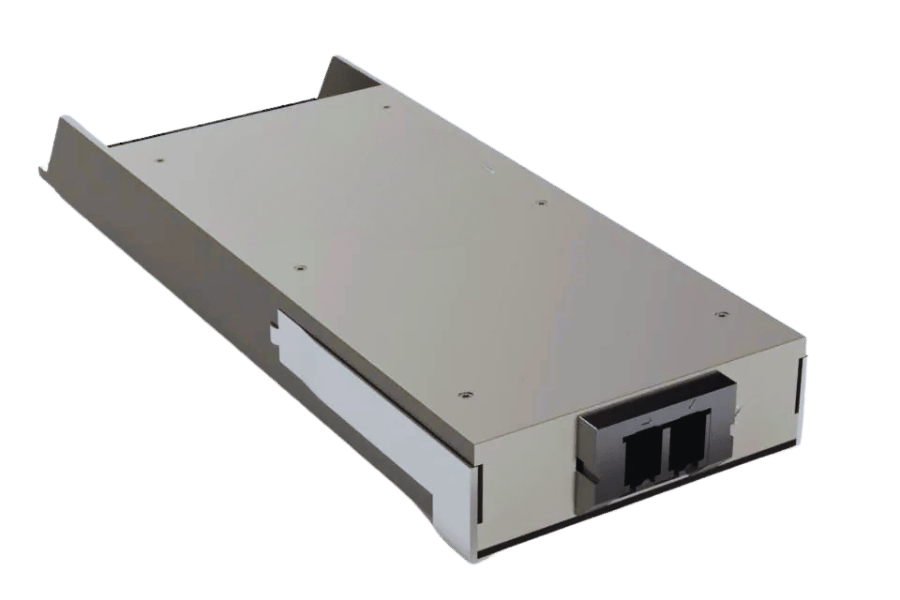
Principles of Coherent Transmission
Coherent transmission utilizes the amplitude and phase of light waves in data communication. This means that instead of just intensity, information can be encoded or based on phase shifts, too. The spectral efficiency is improved through this method while also allowing for better signal-to-noise ratios in optical networks. Besides QPSK (Quadrature Phase Shift Keying), among other advanced modulation formats, coherent systems can achieve higher data rates over longer distances. Additionally, digital signal processors (DSPs) are used to compensate for impairments in real-time, which makes reliable transmissions possible even when fiber non-linearities or environmental factors are present.
CFP2-DCO and Digital Coherent Optics
Digital coherent optics (DCO) have taken a step forward with CFP2-DCO transceivers, which merge both the optical and digital processing parts into one small package. These transceivers achieve large-capacity channels through complex modulation techniques and extensive signal processing. Linearized optical amplifiers and coherent receiver structures are used to facilitate signal decoding based on amplitude as well as phase information in digital coherent optics.
In a practical sense, CFP2-DCO modules can handle data rates of up to 400 Gbps per wavelength, which works optimally for distances greater than 1,000 kilometers without regeneration of signals. Error correction is improved when digital signal processing is integrated with adaptive equalization; this combination helps to counteract fiber non-linearities while boosting amplification imperfections. Statistical evidence supports claims that in metropolitan area networks (MANs) and data center interconnects, among others, CFP2-DCO transceivers can realize throughput gains exceeding 30% over non-coherent alternatives, which solves the problem of fast, reliable data transfer on modern communication systems where its needed most.
Interoperability with DWDM Systems
To maximize the network capacity and efficiency, CFP2-DCO transceivers are designed to easily fit in Dense Wavelength Division Multiplexing (DWDM) systems. Because they can work with other optical networking equipment like multiplexers and amplifiers, this makes them compatible. In a DWDM framework where many wavelengths may need to be processed at the same time without losing signal quality or bandwidth, standard interfaces and protocols such as Common Photonic Interface (CPI) are used for effective communication among different modules of CFP2-DCO.
Also, it is possible for CFP2-DCOs’ advanced digital signal processing technology to dynamically manage and optimize wavelength, which greatly enhances its operability with already existing DWDM architectures. This feature becomes more useful when dealing with multi-vendor environments that have various types of devices from different manufacturers since this system is flexible enough to accommodate them all. Additionally, these transceivers are able to counteract chromatic dispersion and polarization mode dispersion that are common within DWDM systems due to their ability to compensate for signal degradation caused by these effects on signals propagated over long distances using dissimilar fiber types not only through but also make reliable communication infrastructures resilient against failures during the integration of CFP2 DCOs into DWDM networks should be considered since it enhances both throughputs while at the same time improving overall reliability resilience throughout communication infrastructure.
What are the Specifications of CFP2-DCO Modules?
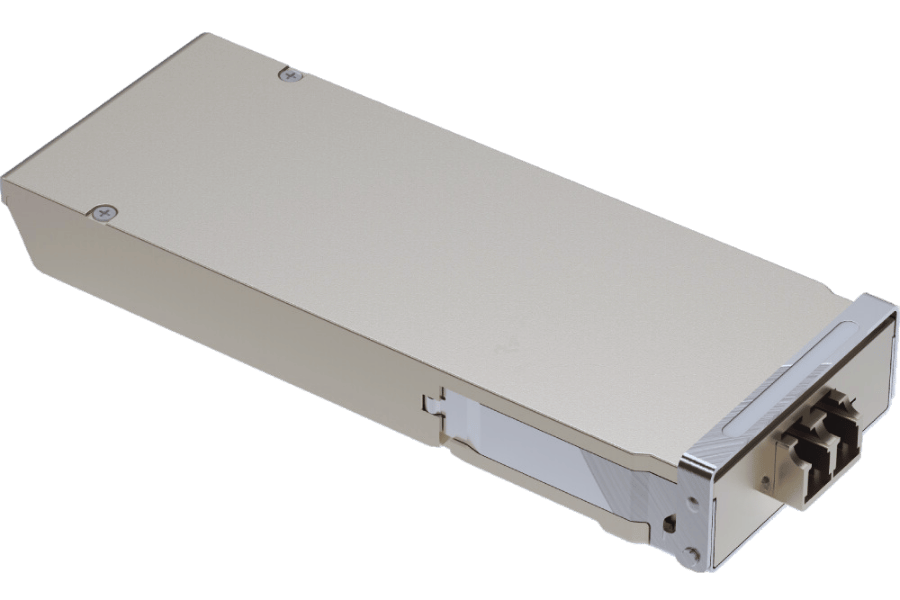
Technical Specifications of CFP2-DCO Modules
The CFP2-DCO transceiver modules have several specifications that are important for optimizing their use in high-speed optical networks. Below are important technical specifications:
- Form Factor: CFP2.
- Bit Rate: Up to 200 Gbps per channel.
- Wavelength Range: 1530 nm to 1565 nm.
- Modulation Format: Dual-Polarisation 16-QAM (DP-16QAM) or 4-PAM.
- Maximum Reach: Standard single-mode fiber (SMF) provides up to 120 km coverage.
- Operating Temperature Range: Zero degrees Celsius through seventy degrees Celsius.
- Power Consumption: Typically between twelve and fifteen watts.
- Connector Type: LC duplex fiber connectors.
- Supported Protocols: OTN, Ethernet, and SDH/SONET.
- Monitoring Features: Real-time performance assessment based on digital diagnostics monitoring (DDM).
- Dispersion Compensation: The dispersions of chromatic dispersion and polarization mode dispersion can be mitigated as they are integrated with this part.
These specs show the ability of the CFP2-DCO modules to operate effectively in complex heterogeneous optical environments, facilitating very strong data transfer rates and thus meeting the requirements for modern telecommunication infrastructure.
CFP2-DCO vs. 400G CFP2 Specifications
When you compare 400G CFP2 transceivers with CFP2-DCO modules, you can identify a few differences and similarities. The most significant difference is the supported data rates as well as modulation techniques. Dual-polarization 16-QAM-based advanced modulation formats are used by CFP2-DCO modules which can provide up to 200 Gbps per channel usually; on the other hand, four lanes of 100 Gbps or higher data rates achieved through PAM4 modulation are employed by 400G CFP2 transceivers.
For both modules, the maximum transmission distance over single-mode fiber is about 120 km but dispersion management at longer distances might be more complicated for 400G CFP2s. Power consumption ranges between 12-15 W for CFP2-DCOs while their counterparts need more power due to increased data rate per channel – typically operating at higher power levels because this reason alone. Therefore, choosing one over another will depend on specific network architecture needs in terms of bandwidth requirement and performance criterion being sought after.
Understanding CFP2 MSA (Multi-Source Agreement)
An initiative by different industry players, the CFP2 Multi-Source Agreement (MSA) aims to make some of the features of CFP2 modules, both physical and electrical, standard. This conformity helps ensure that various sellers’ products can be used interchangeably without any loss in functionality or performance. Among the most significant specifications indicated by CFP2 MSA are form factor dimensions, pin assignments as well as electrical interfaces, while this agreement also drives competitiveness within the market through cost reduction and faster innovation, among other benefits within the optical networking sector. Moreover, it concentrates on power consumption levels, thermal efficiencies, and optical interfaces needed for higher capacity or performance network environments where these should be deployed most frequently. The CFP2 MSA accelerates growth in communication systems using light signals around the world by creating common platforms for development.
What are the Applications of CFP2-DCO Transceivers?
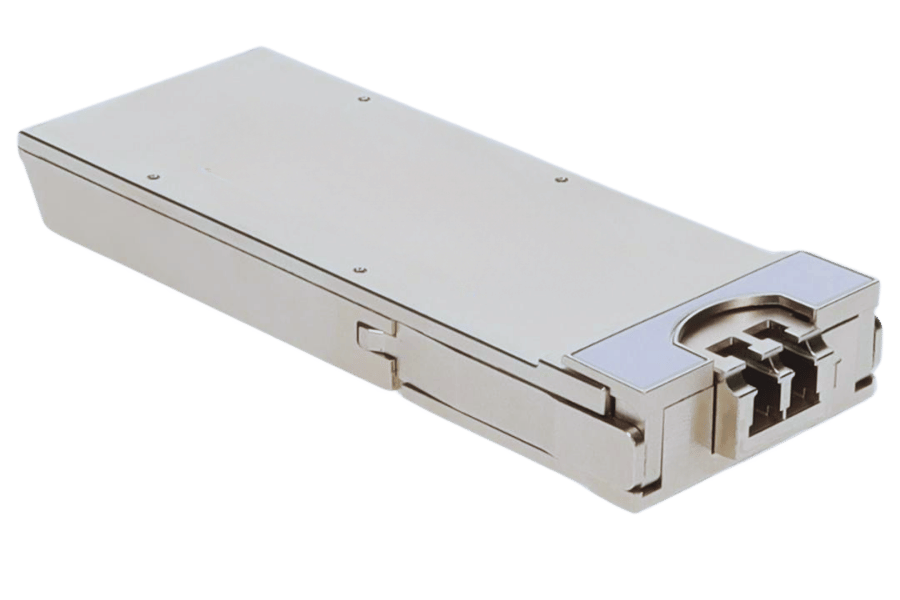
CFP2-DCO in Data Centers
Digital coherent optics (CFP2-DCO) transceivers are essential in today’s data centers as they enable efficient transmission of long-haul data. They are built to support higher bit rates which range from 100G to 400G and this is important since it helps meet the increased bandwidth requirements brought about by modern applications like cloud computing and big data analysis.
CFP2-DCO modules bring on board better performance benefits such as signal integrity enhancement and latency reduction within data centers. These transceivers have digital signal processing capability which allows advanced modulation formats thus maximizing the utilization of optical spectrum.Moreover, CFP2-DCO incorporates forward error correction (FEC) mechanisms that ensure integrity of information across longer distances.
Performance-wise, research shows that without needing any repeaters over standard single-mode fiber (SMF), CFP2-DCOs can achieve reach distances of up to 120 kilometers(km). This helps a lot in cutting down infrastructure costs since many regenerators are not required for deployment in long hauls. Additionally, power consumption ranges between 15 to 25 watts for these modules, hence balancing energy efficiency with high performance, which is crucial for green data center design.
In summary, integration of CFP2-DCO into systems increases operational efficiency by allowing high capacity transmissions while still dealing with scalability challenges and performance issues that face most data centers.
Metro and Long-Haul Applications
The CFP2-DCO transceivers are very important in both metro and long-haul network applications since they enable high-speed connectivity across long distances. These transceivers support communication between urban data centers in metro networks, which aids in efficient communication and infrastructure optimization. Moreover, it is particularly useful for connecting multiple sites within a metropolitan area up to 120 kilometers apart without the need for repeaters hence reducing latency and improving network performance as a whole.
In long-haul situations, CFP2-DCO transceivers serve to meet the increasing bandwidth demand over large geographical areas. This is achieved through their use of advanced modulation formats as well as error correction techniques that ensure reliable transmission of data over hundreds of kilometers which is necessary for service providers who seek to offer uninterrupted services throughout extended regions. In addition to this, cutting down on regenerators requires these devices not only to save on operational costs but also to simplify network architecture, thus making them an invaluable solution for modern telecommunication infrastructures.
Integration with C-Band Tunable Systems
The combination of C-band systems that can be tuned with CFP2-DCO transceivers represents a major breakthrough in optical networking technology. Such systems enable operators to change the wavelengths for data transmission dynamically, thus maximizing the use of bandwidth and improving spectral efficiency. This ability is especially useful when dealing with fluctuating data traffic demands without having to make extensive hardware changes.
CFP2-DCO transceivers are capable of selecting channels more intelligently according to real-time network conditions through advanced algorithms enabled by C-band tunability. It does this by making better utilization of the available spectrum while still considering congestion and interference challenges, which in turn enhances performance across all-optical networks. Additionally, the combination of tunable c band systems and cfp2 do technologies speeds up service deployment, lowers costs incurred during operation as well as supports required scalability levels for future increases in capacity, thus making them an essential part of next-generation telecommunication infrastructures.
How to Choose the Right CFP2-DCO Module?
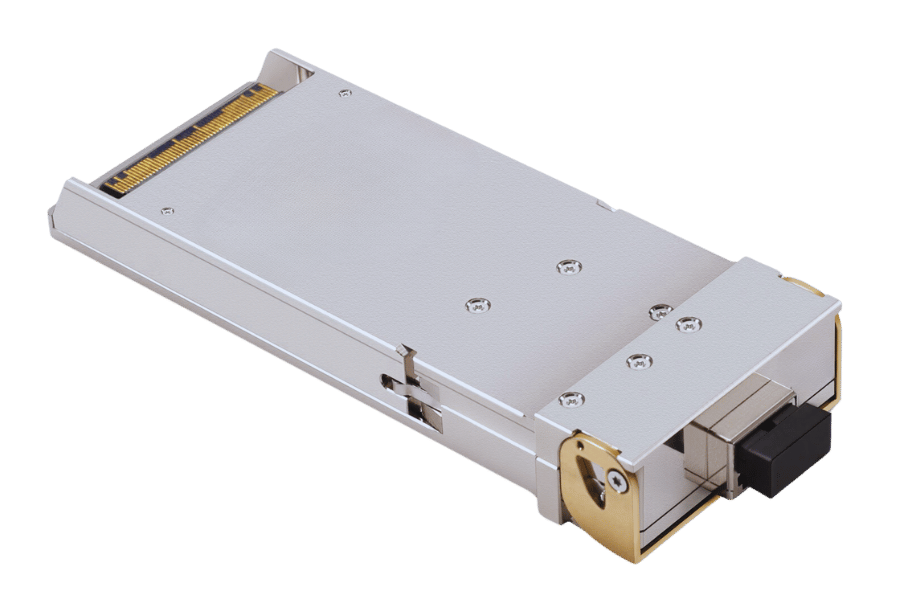
Factors to Consider for Transmission Needs
To ensure the best performance and compatibility with existing systems, it is important to consider some factors when choosing CFP2-DCO modules:
- Requirements for Data Rate: Determine what transmission speeds are needed and match them up with the capabilities offered by specific modules.
- Distance & Reach: Decide whether or not a module can cover the necessary reach by assessing how far signals have to travel over it.
- Wavelength Compatibility: Check that it aligns seamlessly with existing network infrastructures’ wavelength plans.
- Network Environment: Take into account factors like metro area networks versus long haul; different environments will have varying temperature ranges and humidity levels expected during operation.
- Power Consumption: Look at energy efficiency objectives in relation to power demand of the module selected vis-a-vis operational budgets available.
- Modulation Format: Choose a module that supports the current desired modulation formats as well as those that might be needed later on during the upgrading process.
- Vendor Support Reliability: Evaluate manufacturer’s track record regarding dependability after purchase together with amount/quality of technical backup provided.
Compatibility with Existing Infrastructure
What’s essential for a CFP2-DCO module is to work with existing infrastructure. Here are some things to consider:
- Interface standards: It should use industry-standard interfaces so that it can be easily integrated into current systems.
- Connector types: Make sure it is compatible with the physical connectors used in the equipment already there, or else more adaptors will be needed and/or conversions made.
- Firmware and software compatibility: The module’s firmware needs to be able to operate with current network management and monitoring systems for easy deployment and management.
- Optical budget: Look at the optical budget and signal integrity of the infrastructure now; this ensures that performance won’t drop after installing new modules because they’ll still function properly within this range.
- Future-proofing: Consider whether any upgrades might happen later on down the line within your existing setup; if so, choose one that takes this into account – otherwise, you could end up having chosen something that becomes obsolete when technology advances further.
By considering these points, businesses can make their investments in CFP2-DCO modules work harder while keeping operations efficient and uninterrupted.
Future-proofing with Tunable DWDM Coherent
Dynamic Dense Wave Division Multiplexing (DWDM) coherent technology is an expandable and adaptable response to the demands of growing data traffic. Spectral efficiency can be optimized by the tunable modules because they allow operators to change wave lengths as frequently as possible. This is important in enabling quick redistribution of resources when there are unexpected shifts in network requirements without necessarily upgrading much hardware.
Furthermore, this type of DWDM is built with interoperability features that ensure smooth integration of new systems into existing ones while still being compatible with what is already there. Utilizing more complex ways of modulating also improves signal reliability and reduces chances for mistakes over a long period as well. With time, as networks grow bigger, organizations that have adopted flexible DWDM coherent solutions will have positioned themselves better toward responding effectively to such growths at minimal costs. It is, therefore, a very useful thing for service providers who want to stay on top in today’s highly demanding market environment.
Reference Sources
Frequently Asked Questions (FAQs)
Q: What is a CFP2-DCO coherent transceiver?
A: The CFP2-DCO coherent transceiver is an optical module used for transmission that couples high data rate capability with coherence and can thus be employed in long-haul and high-capacity optical networks.
Q: How does a CFP2-DCO coherent optical module work?
A: A CFP2-DCO coherent optical module uses digital signal processing (DSP) to detect coherently encoded data, which enables efficient transmission at higher speeds over longer distances with lower signal degradation.
Q: What are the advantages of using a CFP2-DCO coherent transceiver?
A: Some benefits of using a CFP2-DCO coherent transceiver include increased capacity for transmitting information, extended reach for sending signals, improved signal quality, and compatibility with DWDM systems.
Q: What is the data rate of a CFP2-DCO module?
A: These modules support 200G data rates in most cases but can also work with 400G systems hence they can adapt to different network needs easily.
Q: What applications are CFP2-DCO coherent transceivers used for?
A: High-capacity metro networks, long-haul networks and line-side trunk DWDM data center interconnects are among the key areas where these devices find use since they facilitate transmission of large volumes of data across significant distances.
Q: Can CFP2-DCO transceivers be connected to existing optical networks?
A: Yes, these units are designed to ensure that they can be integrated with Dense Wavelength Division Multiplexing (DWDM) systems, making them appropriate for network upgrades and expansions.
Q: What differentiates CFP2-DCO from QSFP-DD DCO transceivers?
A: Typically used in higher power and longer reach applications, CFP2-DCO modules versus smaller QSFP-DD DCO modules used for short reach or low power data center applications.
Q: What are some key specifications of CFP2-DCO coherent optical modules?
A: Key specifications of CFP2-DCO coherent optical modules include 200G data rate support, compatibility with 400G systems, compliance with CFP MSA Hardware Specification 1.0, and DWDM tunable coherent capabilities.
Q: Are CFP2-DCO modules capable of DWDM transmission?
A: This unit is made for DWDM transmission as well as being tunable to ITU channels CH13 through CH60 at 50 GHz spacing to support up to 80 km distances; DOM allows duplex operation.
Q: What is the meaning of “Digital Coherent Optics” in the CFP2-DCO acronym?
A: It is denoted by “Digital Coherent Optics” (DCO), which indicates that this module employs digital signal processing and coherent detection techniques for high-performance optical transmission.
Related Products:
-
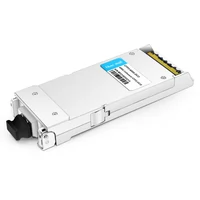 CFP2-400G-DCO 400G Coherent CFP2-DCO C-band Tunable Optical Transceiver Module
$8000.00
CFP2-400G-DCO 400G Coherent CFP2-DCO C-band Tunable Optical Transceiver Module
$8000.00
-
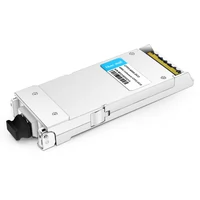 Lumentum LDC040 Compatible 400G Coherent CFP2-DCO C-band Tunable Optical Transceiver Module
$8000.00
Lumentum LDC040 Compatible 400G Coherent CFP2-DCO C-band Tunable Optical Transceiver Module
$8000.00
-
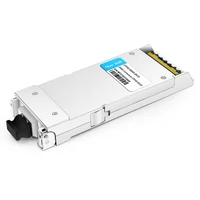 CFP2-200G-DCO 200G Coherent CFP2-DCO C-band Tunable Optical Transceiver Module
$7000.00
CFP2-200G-DCO 200G Coherent CFP2-DCO C-band Tunable Optical Transceiver Module
$7000.00
-
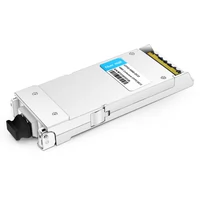 CFP2-100G-DCO 100G Coherent CFP2-DCO C-band Tunable Optical Transceiver Module
$7000.00
CFP2-100G-DCO 100G Coherent CFP2-DCO C-band Tunable Optical Transceiver Module
$7000.00
